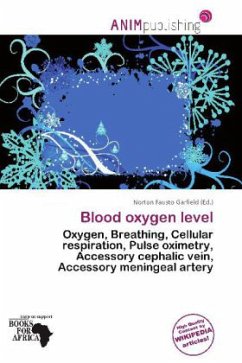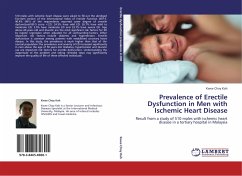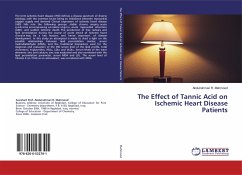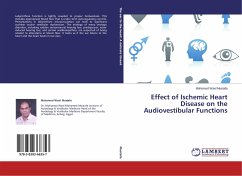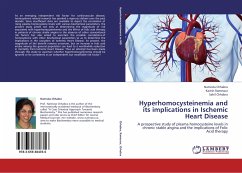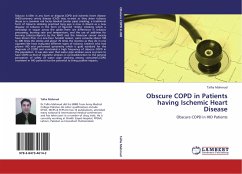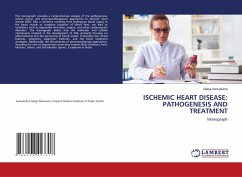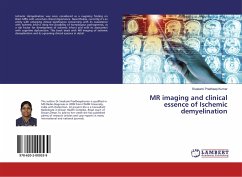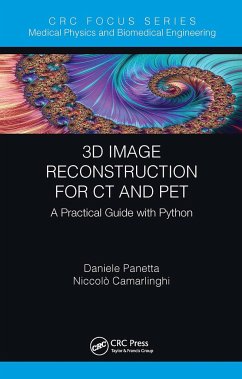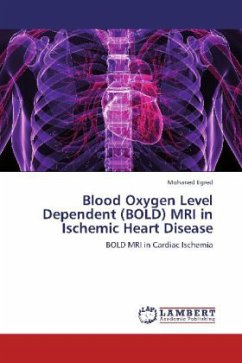
Blood Oxygen Level Dependent (BOLD) MRI in Ischemic Heart Disease
BOLD MRI in Cardiac Ischemia
Versandkostenfrei!
Versandfertig in 6-10 Tagen
45,99 €
inkl. MwSt.

PAYBACK Punkte
23 °P sammeln!
Assessment and diagnosis of coronary artery disease rely on the use of diagnostic methods that have a limited spatial resolution and involve ionizing radiation. These methods include Single Photon Emission Computed Tomography (SPECT), Positron Emission Tomography (PET) and coronary angiography. An alternative method without the previous limitations is desirable. A novel MRI method was developed. This MRI method called Blood Oxygen Level Dependent (BOLD) relies on the changes in T2 signal intensity values caused by changes in deoxyhamoglobin level in the ischaemic myocardium under pharmacologic...
Assessment and diagnosis of coronary artery disease rely on the use of diagnostic methods that have a limited spatial resolution and involve ionizing radiation. These methods include Single Photon Emission Computed Tomography (SPECT), Positron Emission Tomography (PET) and coronary angiography. An alternative method without the previous limitations is desirable. A novel MRI method was developed. This MRI method called Blood Oxygen Level Dependent (BOLD) relies on the changes in T2 signal intensity values caused by changes in deoxyhamoglobin level in the ischaemic myocardium under pharmacological stress. To validate this new technique, comparison to the well-established method (SPECT) and the gold standard method (PET) and also to coronary angiography was undertaken. Furthermore, this new method was assessed in the identification of scarred and hibernating myocardium, and was evaluated in this respect.



